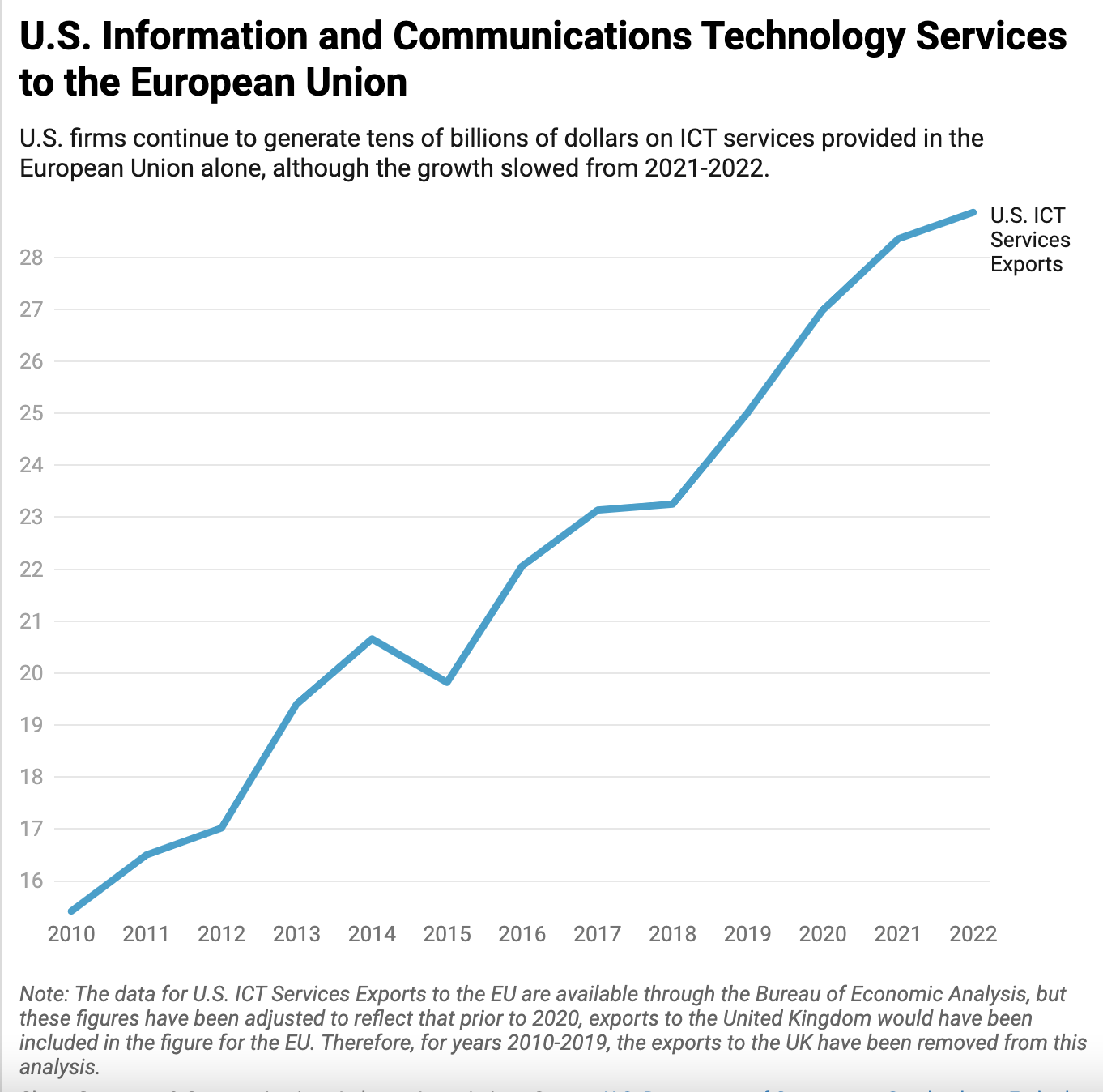A Guide To Seeing Past CES Hype
 If an asteroid destroys Las Vegas next week, we won’t just lose a big chunk of the gambling industry; much of the electronics industry and the technology press will get taken out too.
If an asteroid destroys Las Vegas next week, we won’t just lose a big chunk of the gambling industry; much of the electronics industry and the technology press will get taken out too.
Every January, CES–the trade exhibition formerly known as the Consumer Electronics Show–draws manufacturers, retailers, engineers, developers, marketers, journalists, government and legal types, and many others connected with the gadget industry to the Las Vegas Convention Center and nearby exhibit space.
(Disclosure: For most of last year, I wrote a weekly blog post for the Consumer Electronics Association, the Arlington, Va., trade group that runs CES.)
The punishing scope of the show–last year’s drew 156,153 people and sprawled out over 1.86 million square feet of exhibit space, with next week’s projected to sprawl across even more real estate–makes it a useful stage for companies looking to get attention for the products they plan on selling later in the year.
But it’s also a massive reality distortion field, as I’ve seen from all of the high-profile debuts over the last 15 years of CES that then flopped in the market. (Anybody remember Microsoft’s SPOT watch?) Or never even reached it.
This year’s highlights will probably include more integration of Web content with TVs (what I like to think of as TV’s second digital transition after the switch away from analog broadcasts); more smartphones and tablets that one can only hope will improve on the battery life of last year’s models; a big push for “4K” TVs with four times the pixel count of mere hi-def screens; renewed attempts to stop smartphones from eating the market for pocket-sized cameras; and growing integration of mobile devices with our cars.
How can you predict the consumer half-life of any of this? A few factors seem to come up at every CES:
* Is the technology in question riven by a standards battle? The inability to settle on one way to connect one gadget to another, either physically or over some wireless interface, may be this industry’s single biggest failing. Sometimes it’s only a minor annoyance, but if the consequences of a poor decision will linger for years–say, if your new car’s dashboard only connects to some phones–having to think like a venture capitalist gets old.
* Is the hot new gadget in danger of being flattened when a larger incumbent drops a similar product into the market? Recall that two of the biggest players in the computing industry won’t be exhibiting at CES at all. Apple hasn’t had a public presence at the show since the heyday of the Newton, while Microsoft bid its farewell to the show floor after last January.
* Is the primary sales pitch quality above all else, or do portability and convenience factor in? You can make a good living by pleasing the eyes and ears of videophiles and audiophiles, but the mass market has made up its mind otherwise: We listen to MP3s on soundbar speakers instead of basking in DVD-Audio and Super Audio Compact Disc recordings over 9.1 surround-sound setups.
* How much do the product’s prospects hinge on the good will of companies that think they’re doing just fine with their current business models? One of this year’s more talked-about rumors centered on Intel introducing a new, online-only TV service–but in a phenomenally unsurprising development, licensing holdups with TV studios and networks seem to be delaying its debut.
* For some new technology to succeed, do components or data services need to get cheaper first? If it’s the former, history suggests good things are in store; the industry doesn’t get nearly enough credit for how much prices have collapsed for key parts like flash memory and flat-panel screens. U.S. prices for subscription TV and wired and wireless Internet, however, have taken different paths.
(But that last angle is a subject for another post or four.)








